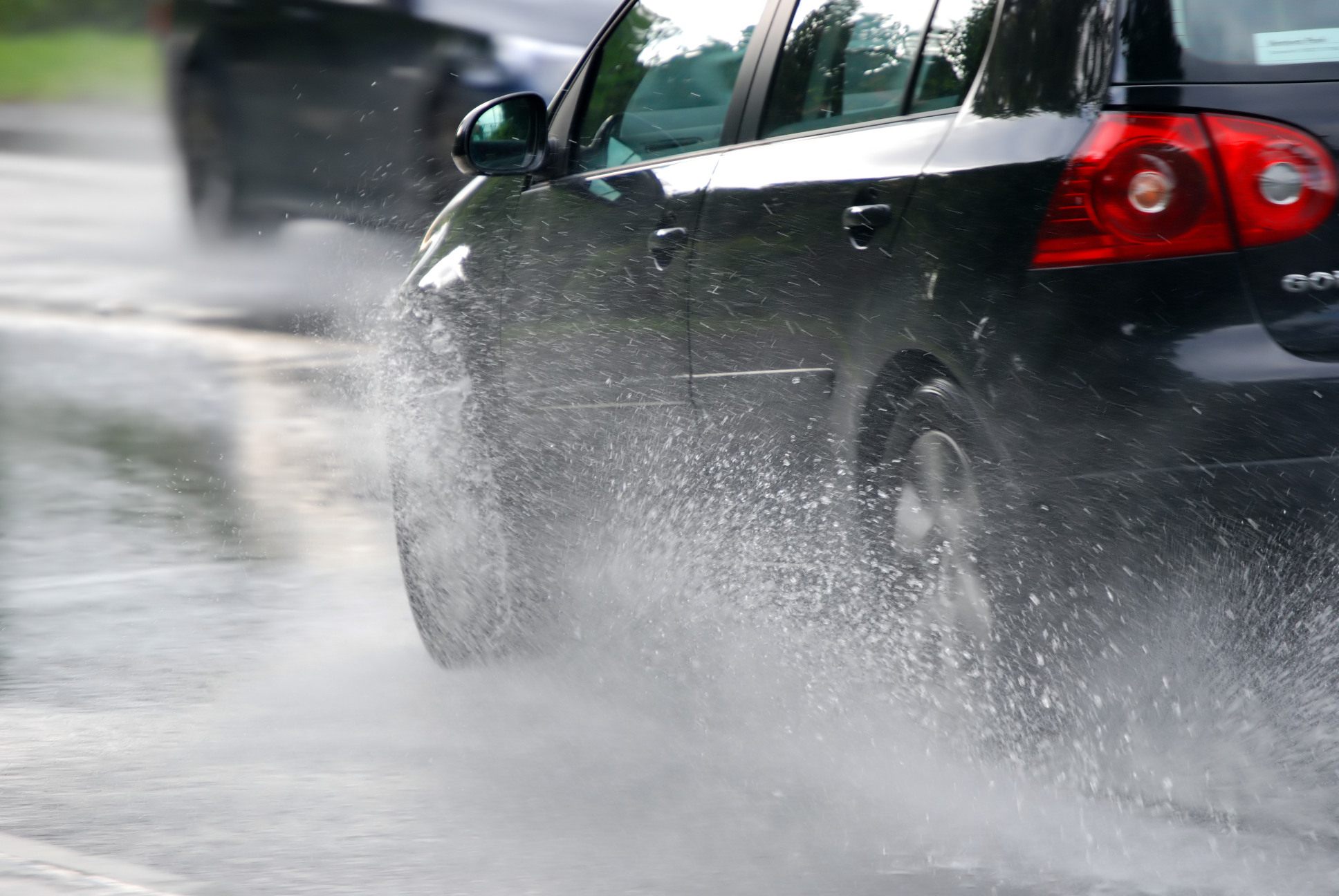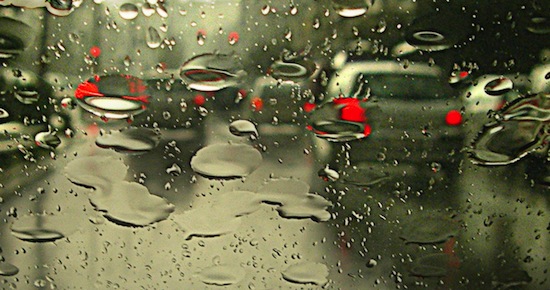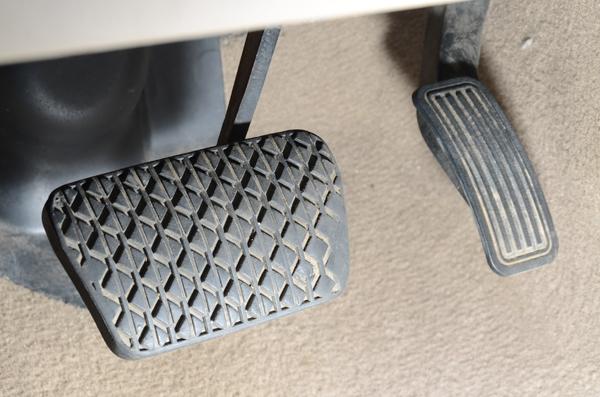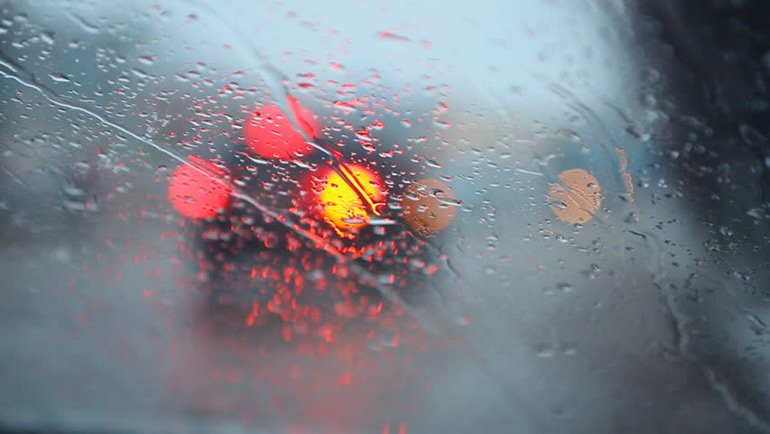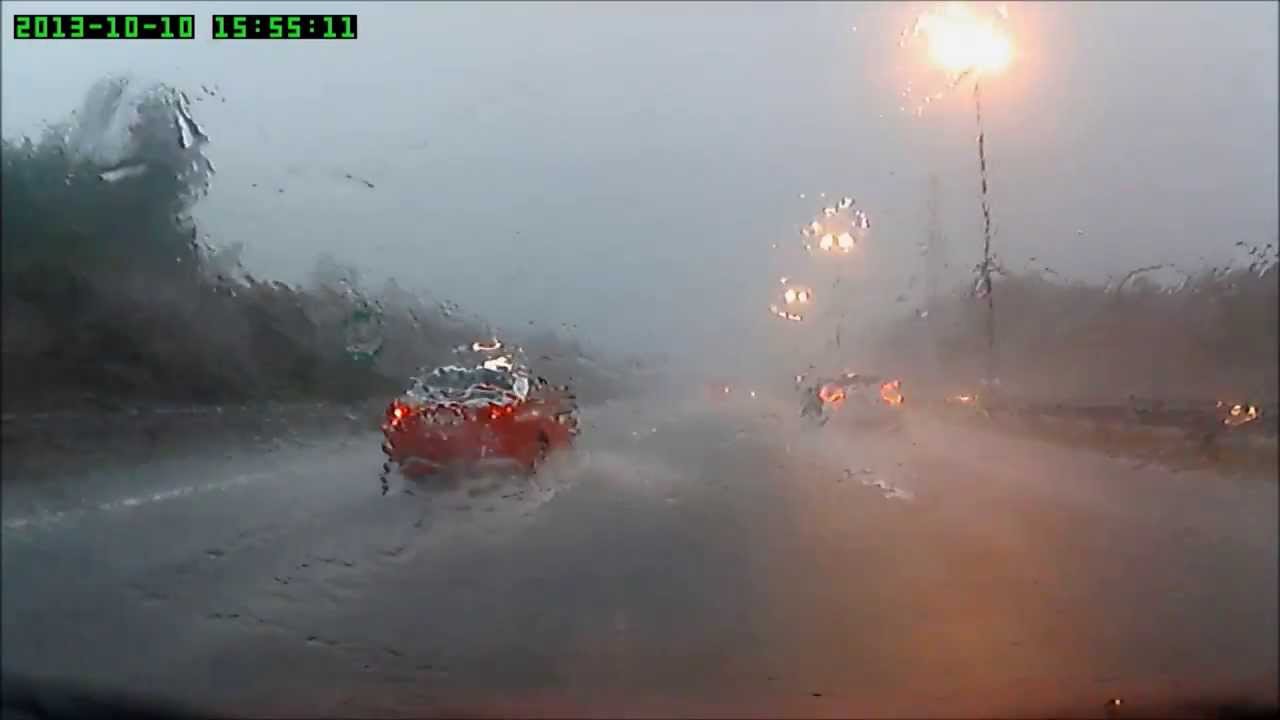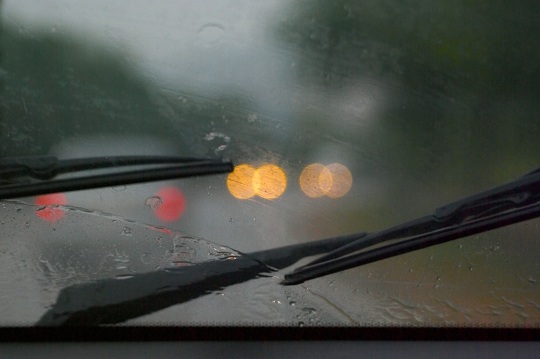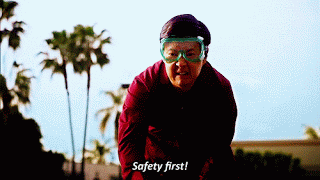8 Things You Should Take Note Of When Driving In The Rain
Driving sensibly in the rain will ensure you arrive your destination safely.
Heavy rain makes driving conditions hazardous and nerve-wrecking. But we're here to help! Here are some noteworthy tips to keep you safe when driving in wet weather conditions:
1. Don't speed
This goes without saying.
You should always drive at a slower speed when the roads are wet. The faster you drive in a rainstorm, the more likely you are to have an accident. If you're heading somewhere, leave the house earlier than usual to give yourself additional travel time so you won’t feel the urge to rush.
In actual fact, you should be driving slower than the speed limit because they are designed for ideal conditions.
2. Keep your distance
Remember the nine-second rule.
A good rule of thumb is that you should be around nine seconds behind the car in front of you. Why? Because if the car has to stop suddenly, you will have ample time to react and stop.
Here's a tip to check if you're far enough - watch for the car in front to pass an object like a lamp post or a sign, then count how many seconds go by before you pass the same object.
If it's under nine seconds, it's time to back off.
3. Turn on those headlights
Rain will decrease visibility on the road, which is why you should turn on your headlights immediately, even in the day.
You'll be able to see the road better, but also for other drivers to see your car.
4. Go easy on the brakes
Stepping on your brakes too hard will cause your car to slide forward and you'll lose control of your vehicle. You should brake slowly by pressing your foot on the brake pedal and then ease your foot off.
This keeps a safe distance between you and the car ahead. It also alerts any drivers behind you to slow down. If you stop too suddenly in a rainstorm, you could get rear-ended.
5. Avoid using cruise control
A great feature to utilise in dry weather but one that increases the risk of losing control in wet conditions.
When you have cruise control turned on during a rainstorm, your car could actually speed up if you aquaplane, which occurs when a layer of water build up between the wheel and the road leading the inability to control the car.
As the car is going at a constant speed during cruise control, it will be hard for you to slow down, making things worse.
Plus, when you use cruise control, you’re probably not paying as much attention to the road. Turn off the cruise control and stay alert at all times.
6. Keep to the middle lane if possible
Water tends to accumulate at the side of the road and these puddles of water can cause your car to aquaplane. To avoid losing control of your steering and braking, try to drive on the middle lanes whenever possible.
7. In the unfortunate event of aquaplaning, resist the temptation to brake
You can usually tell if you’re aquaplaning because your steering will suddenly feel light and unresponsive, and you can hear the displaced water roaring against the inside of the car’s wheel arches.
If that happens, try your best not to brake - doing so will only cause your car to skid.
Instead, you should slowly take your foot off the accelerator pedal and allow the car to slow by itself while keeping the steering at the direction of travel.
Your car will eventually bite down through the water and come in contact with road.
8. Lastly, make sure your tyres and wipers are always in good condition
You should check the condition of your wiper every 6 months to ensure they are working optimally. Dry weather and the sun can cause them to dry out and crack, so check on them frequently is essential.
Next up, you need to check your tyres. It's extremely hazardous to drive on the road with bald tyres. Without tyre treads, your tyres lose the right traction and the ability to grip on the road, causing it to aquaplane.
